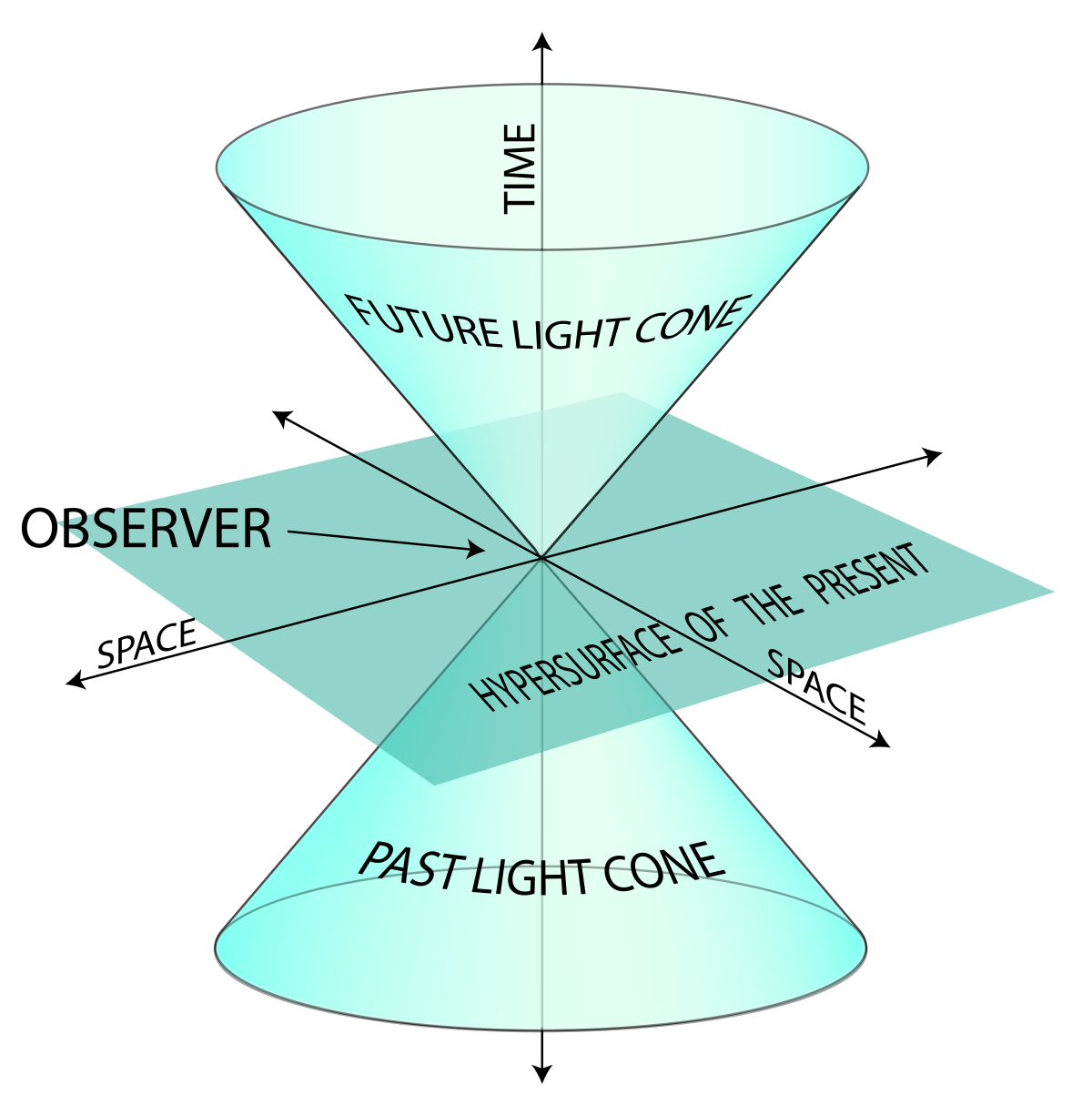The theory of relativity usually encompasses two interrelated theories by Albert Einstein: special relativity and general relativity. Special relativity applies to .%5B3%5D.jpg) all physical phenomena in the absence of gravity. General relativity explains the law of gravitation and its relation to other forces of nature and its relation to other forces of nature. It applies to the cosmological and astrophysical realm, including astronomy. With relativity, cosmology and astrophysics predicted extraordinary astronomical phenomena such as neutron stars, black holes, and gravitational waves.
all physical phenomena in the absence of gravity. General relativity explains the law of gravitation and its relation to other forces of nature and its relation to other forces of nature. It applies to the cosmological and astrophysical realm, including astronomy. With relativity, cosmology and astrophysics predicted extraordinary astronomical phenomena such as neutron stars, black holes, and gravitational waves.
Special relativity: Special relativity is a theory of the structure of spacetime. Special relativity is based on two postulates which are contradictory in classical mechanics:
Moreover, the theory has many surprising and counterintuitive consequences. Some of these are:
 The principle of relativity: In physics, the principle of relativity is the requirement that the equations describing the law of physics have the same form in all admissible frames of reference.
The principle of relativity: In physics, the principle of relativity is the requirement that the equations describing the law of physics have the same form in all admissible frames of reference.
For example, in the framework of special relativity the Maxwell equations have the same form in all intertial frames of reference. In the framework of general relativity the Maxwell equations or the Einstein field equations have the same form in arbitrary frames of reference. Certain principles of relativity have been widely assumed in most scientific disciplines. One of the most widespread is the belief that any law if nature should be the same at all times;and scientific investigations generally assume that laws of nature are the same regardless of the person measuring them.
Einstein inspires creative thinking:
You might not discover the theory for relativity but you can learn from Einstein’s creative techniques and apply them to your creative problem solving challenges.
“Curiosity has its own reason for existing.”
Curious people learn more,discover more and change things. If you want to be more creative-be more curious.
“In the middle of difficulty lies opportunity.”
Real opportunity is the result of great diificulty. The ooportunity will require you to wade through the doubts and challenges that dissuade the weaker minds.